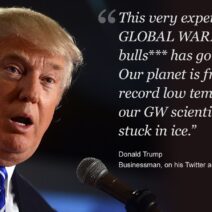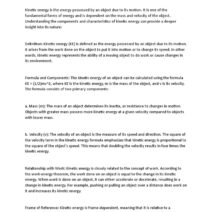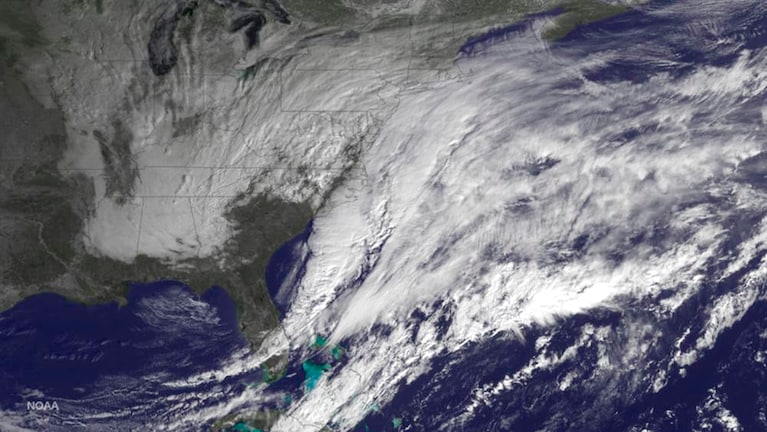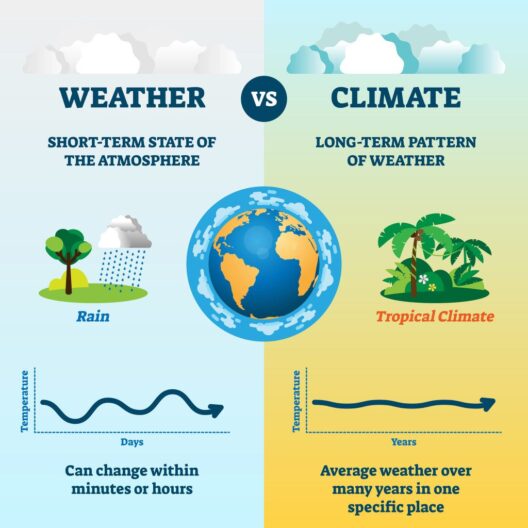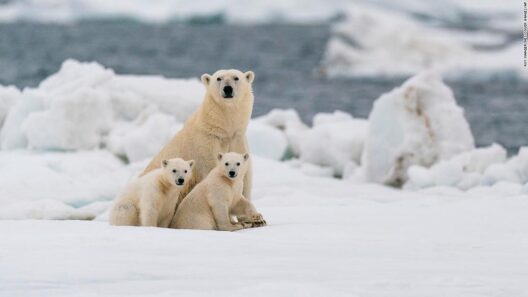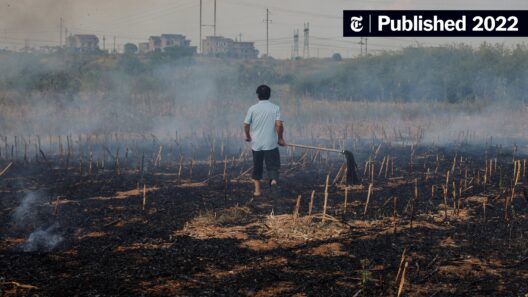As the world grapples with the pervasive consequences of climate change, a curious phenomenon has emerged: blizzards may become more intense in a warming world. This counterintuitive reality twists the narrative of global warming, challenging preconceived notions about winter weather. At first glance, one might imagine a warming planet melting the icy grip of winter. Yet instead, scientists are uncovering a relationship between rising temperatures and the ferocity of winter storms, prompting us to rethink our understanding of climate dynamics.
To understand this paradox, we must delve into the intricate interplay between temperature, moisture content, and atmospheric conditions. Climate change, predominantly driven by greenhouse gases, affects not just the average temperature but also the variability of weather patterns. Warmer air possesses an increased capacity to hold moisture – an essential ingredient for the formation of heavy snowfall. This sets the stage for the emergence of snowstorms that defy previously established patterns and intensities.
The dynamic behavior of the polar vortex serves as a crucial player in this unfolding drama. The polar vortex is a large area of low pressure and cold air surrounding the Earth’s poles. Traditionally, this vortex keeps the frigid air confined to the Arctic. However, as the climate warms, it can become destabilized, causing it to wobble and sometimes push cold air southward, into regions that might typically experience milder winters. In this scenario, the juxtaposition of warm moist air from the south and cold Arctic air can lead to severe winter storms. This confluence of clashing air masses is what turns ordinary snowfall into blizzard conditions.
Furthermore, the relationship between global warming and blizzards extends beyond mere increased snowfall. Warmer sea surface temperatures contribute to enhanced atmospheric circulation patterns, leading to prolonged events of heavy snow. This speaks volumes about the complexity of climate systems and underscores a central theme: warmth begets cold in a more volatile climate, creating a stage where blizzards can unleash their full fury.
Consider the analogy of a simmering pot of water; as you apply heat, the water begins to bubble, generating more vigorous movement within the pot. The same principle applies to our atmosphere. Providing excess energy to the climate system leads to disturbances that manifest as extreme weather events. As temperatures rise, so does the intensity and frequency of storms, including blizzards. The notion of an impassive winter becomes one of feverish activity, where blizzards rage more intensely than they may have in the past.
Notably, records in recent years corroborate this increasing trend. Blizzards that were once anomalies have begun to transform into mainstays of winter, with their frequency outpacing historical norms. As meteorological data suggests, regions across the United States and other parts of the world have reported increases in both the severity and number of winter storms. The impact of these blizzards resonates beyond the immediate snowfall, leading to broader consequences for ecosystems, transportation networks, and local economies.
During these winter fury episodes, it is imperative to understand the broader ecological implications. Heavy snowfalls can disrupt habitats, affecting flora and fauna alike. For instance, snow can create a temporary blanket that insulates ground-level ecosystems from extreme cold. While this may protect some species, it can also complicate survival for others, leading to cascading effects within the food web. As these ecosystems attempt to adapt to the increasing unpredictability of winter, their resilience is tested.
Moreover, intensified blizzards can draw attention to the infrastructure vulnerabilities that cities must contend with. High snowfall amounts impede transportation, burden emergency services, and halt daily life. Plows strain under unprecedented loads, and services struggle to maintain normalcy. As residents are ensnared by winter’s fury, the ripple effects extend to economic performance, educational disruptions, and community safety. Each storm stands as a testament to the fragility of our societal structures in the face of a changing climate.
The ripple effects are not confined solely to urban areas. Rural communities, too, feel the brunt of severe winter storms. Agricultural practices may encounter devastating disruptions; livestock can face threats from hypothermia during extreme blizzards, and valuable crops can be lost. These realities speak to the broader agricultural implications, as farmers must adapt to shifting weather patterns that dictate the rhythms of planting and harvesting.
In our quest for resilience, there is an urgent call for action on multiple fronts. First, fostering awareness about how global warming affects winter storms is paramount. Education can cultivate informed citizens and advocates for climate action, encouraging substantive discussions about environmental policy change. Secondly, investing in robust infrastructure that can withstand extreme weather is crucial. By reinforcing our roads, buildings, and utilities, communities can mitigate the impact of severe winter storms.
Lastly, mitigating climate change through sustainable practices and adherence to international accords is essential. As collective efforts bolster our ability to confront rising temperatures, we may diminish the severity of the conditions contributing to blizzards and other extreme weather phenomena. Understanding that the warming climate has a paradoxical relationship with winter’s fury should fuel our resolve to act decisively.
In conclusion, the complex interconnections between global warming and blizzards serve as a stark reminder of the multifaceted effects of climate change. The fury of winter storms amid rising temperatures is not merely a question of paradox; it encapsulates our transformed relationship with nature. As we navigate the tumultuous seas of climate uncertainty, we must remain vigilant and proactive, taking strides toward a sustainable future where blizzards are not defined by increasing intensity but by a harmonious coexistence with our environment.
